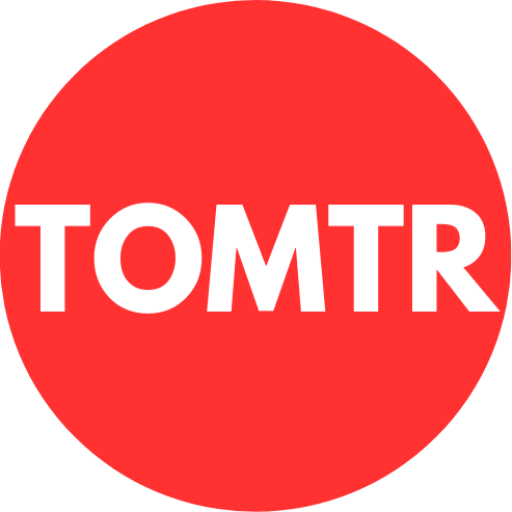Permeate และ Concentrate
โดยหลักการแล้ว ระบบ RO (Reverse Osmosis) จะรับน้ำเข้าเพียงสายเดียว (เรียกว่า น้ำดิบ หรือ feed water) และแยกออกเป็นน้ำสองสายโดยใช้เมมเบรนชนิดกึ่งซึมผ่านได้ (semi-permeable membrane) และแรงดัน น้ำสองสายนี้คือ น้ำเพอร์มิเอท (permeate) และน้ำเข้มข้น (concentrate)
น้ำเพอร์มิเอท (Permeate) หรือ น้ำที่ผลิตได้ (Product Water):
- คืออะไร: นี่คือน้ำที่สามารถผ่านเยื่อเมมเบรนชนิดกึ่งซึมผ่านได้ของระบบ RO ได้สำเร็จ
- ลักษณะเฉพาะ: เป็นน้ำที่ผ่านการกรองให้บริสุทธิ์แล้ว เมมเบรนทำหน้าที่เหมือนตัวกรองที่ละเอียดอย่างยิ่ง โดยสามารถสกัดกั้นเกลือที่ละลายน้ำ (dissolved salts), แร่ธาตุ (minerals), แบคทีเรีย (bacteria), ไวรัส (viruses) และสิ่งปนเปื้อนอื่นๆ (impurities) ส่วนใหญ่ออกไปได้ ดังนั้น น้ำเพอร์มิเอทจึงมีความเข้มข้นของของแข็งที่ละลายน้ำทั้งหมด (Total Dissolved Solids หรือ TDS) และสารปนเปื้อนต่ำกว่าน้ำดิบอย่างมีนัยสำคัญ
- วัตถุประสงค์: นี่คือน้ำที่ต้องการผลิตจากระบบ RO ซึ่งเป็นน้ำสะอาดที่ผ่านการบำบัดแล้ว และมีไว้สำหรับใช้งาน (เช่น สำหรับดื่ม, ใช้ในกระบวนการทางอุตสาหกรรม, ใช้ในห้องปฏิบัติการ)
น้ำเข้มข้น (Concentrate) หรือ น้ำทิ้ง (Reject Water / Brine):
- คืออะไร: นี่คือน้ำที่ไม่สามารถผ่านเยื่อเมมเบรน RO ได้ โดยจะไหลผ่านผิวหน้าของเมมเบรน พัดพาสิ่งปนเปื้อนที่ถูกเมมเบรนสกัดกั้นหรือปฏิเสธออกไป
- ลักษณะเฉพาะ: เนื่องจากน้ำบริสุทธิ์ (น้ำเพอร์มิเอท) ถูกแยกออกจากน้ำดิบไปแล้ว น้ำส่วนที่เหลือ (น้ำเข้มข้น) จึงมีสิ่งปนเปื้อนที่ถูกสกัดกั้นทั้งหมดรวมอยู่ในปริมาณน้ำที่น้อยลง นั่นหมายความว่า สายน้ำเข้มข้นจะมีความเข้มข้นของเกลือที่ละลายน้ำ, แร่ธาตุ และสารปนเปื้อนอื่นๆ สูงกว่าน้ำดิบตั้งต้นมาก
- วัตถุประสงค์: นี่คือสายน้ำทิ้งหรือผลพลอยได้จากกระบวนการ RO ซึ่งจำเป็นต้องมีการจัดการ โดยทั่วไปจะส่งไปยังท่อระบายน้ำทิ้ง (ตามข้อกำหนดด้านสิ่งแวดล้อม) หรือบางครั้งก็นำไปใช้ประโยชน์ใหม่ในงานที่ไม่ต้องการความบริสุทธิ์สูง (เช่น การชะล้าง หรือการชลประทานบางประเภท ขึ้นอยู่กับองค์ประกอบของน้ำนั้นๆ)
In essence, an RO system takes a single stream of input water (called feed water) and splits it into two output streams using a semi-permeable membrane and pressure. These two output streams are the permeate and the concentrate.
- Permeate (Product Water):
- What it is: This is the water that has successfully passed through the semi-permeable membrane of the RO system.
- Characteristics: It is the purified water. The membrane acts as an extremely fine filter, blocking the vast majority of dissolved salts, minerals, bacteria, viruses, and other impurities. Therefore, the permeate water has a significantly lower concentration of total dissolved solids (TDS) and contaminants compared to the feed water.
- Purpose: This is the desired output of the RO system – the clean, treated water intended for use (e.g., drinking, industrial processes, laboratory use).
- Concentrate (Reject Water / Brine):
- What it is: This is the water that does not pass through the RO membrane. It flows across the membrane surface, carrying away the impurities that were rejected or blocked by the membrane.
- Characteristics: Because the pure water (permeate) has been removed from the feed water, the remaining water (concentrate) contains all the rejected impurities in a smaller volume. This means the concentrate stream has a much higher concentration of dissolved salts, minerals, and other contaminants than the original feed water.
- Purpose: This is the waste stream or byproduct of the RO process. It needs to be managed, typically by sending it to a drain (following environmental regulations) or sometimes repurposing it for applications where high purity isn’t required (like flushing or certain types of irrigation, depending on its composition).
